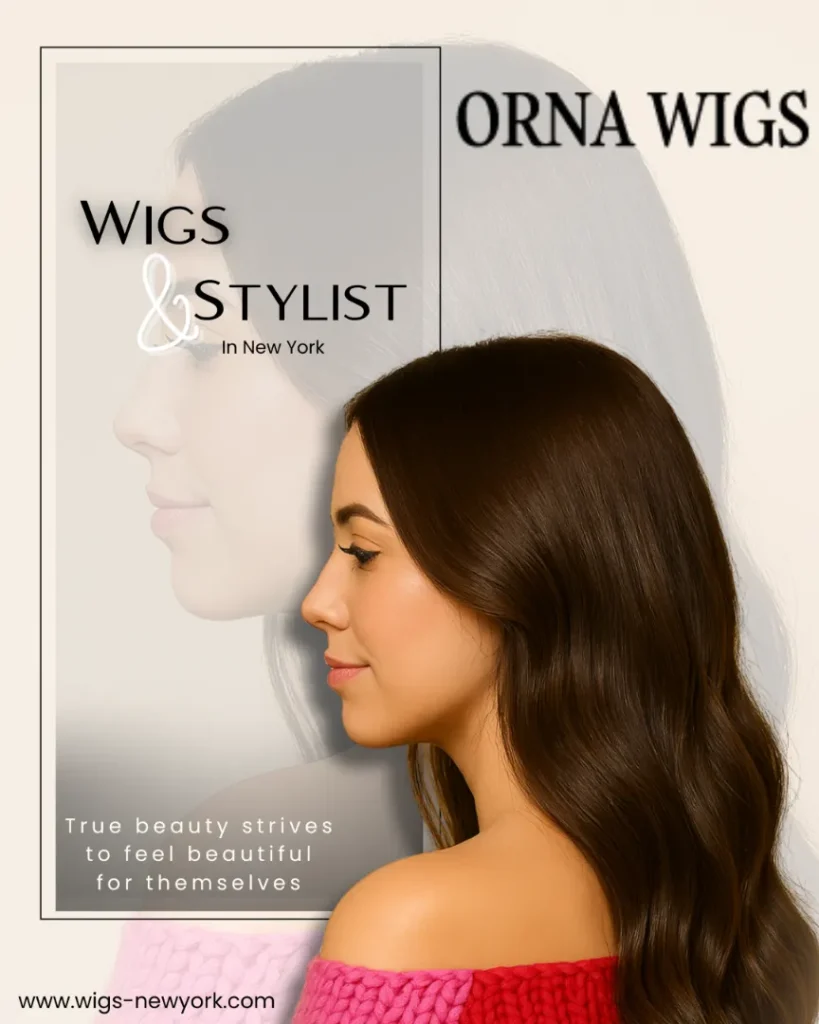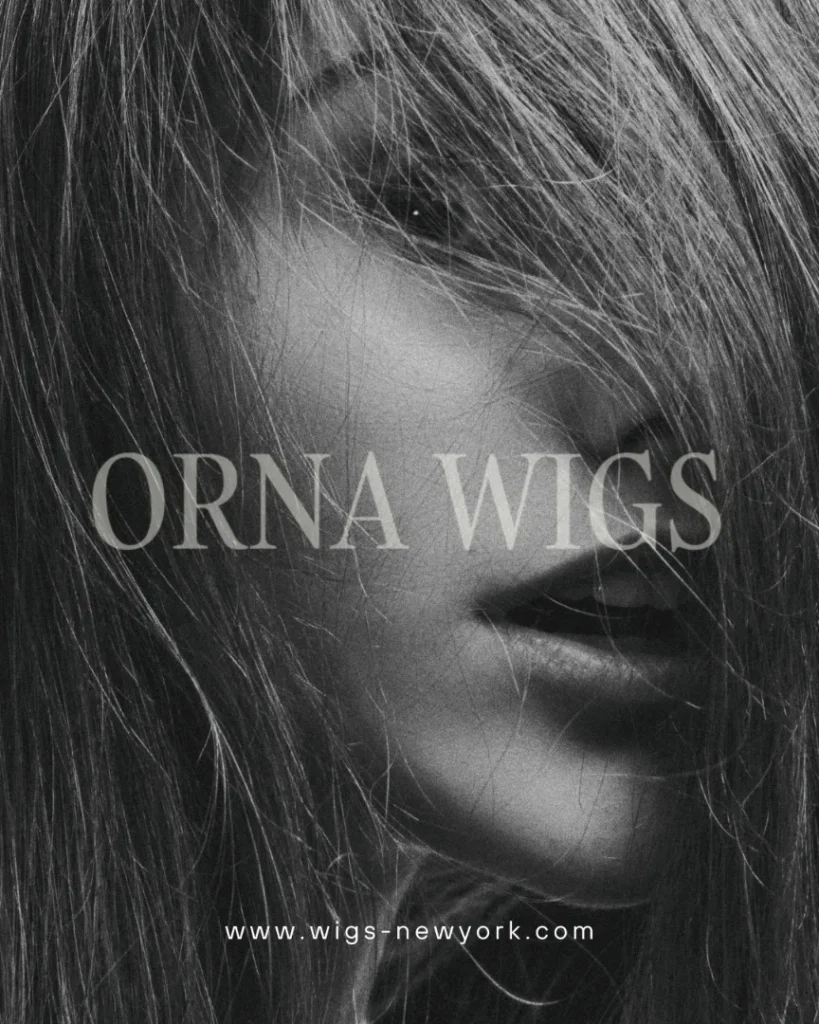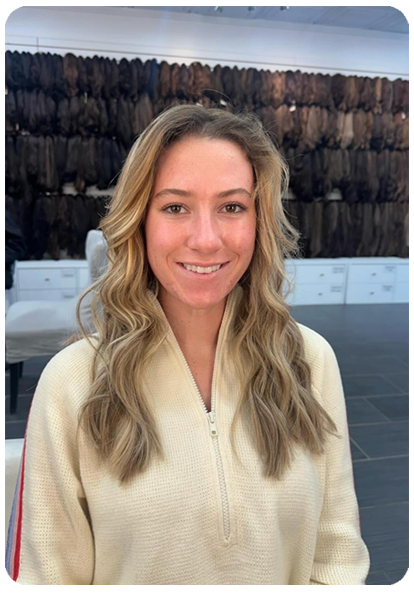Ever wondered why some hairpieces look absolutely stunning while others scream “I’m wearing a fake hairdo!” from miles away? The secret lies in choosing the right type of wig for your unique features. Today, we’re diving into what makes certain options look so natural and how to find your perfect match. Whether you’re dealing with hair loss or just want to switch up your look, this guide will help you make the best choice possible!
Why Different Types Of Wigs Matter
The type of wig you choose impacts everything – from how comfortable you feel to how confident you appear in public. High-quality pieces move and behave like natural hair, while lower-quality options might look stiff or shiny in ways real hair never would.
Your lifestyle matters too when selecting the right type of wig! Some varieties require daily styling and care, while others maintain their look with minimal effort. If you’re active or busy, low-maintenance options might serve you better than those needing constant attention.

Different Types Of Wigs And Their Costs
Let’s break down your main options:

Human Hair Pieces
These premium options use real human hair and offer the most natural appearance and versatility. You can heat-style, color, and treat them just like your own hair. Prices are typically on the higher end, especially when you start going into customization options.

Virgin Hair
These premium human hair varieties have never been chemically processed, making them exceptionally durable and natural-looking. Every type of wig in this category costs more but lasts longer.

Synthetic Options
Made from artificial fibers, these affordable alternatives range from $50-$500 when you get them from a large manufacturer. While they can look good, they typically don't move or style quite like natural hair.
Why Some Wig Types Cost More Than Others
Construction method dramatically impacts both price and appearance. Hand-tied hairpieces, where each strand is individually tied to a soft base, create the most realistic-looking scalp and natural movement – but require skilled craftsmanship, driving costs higher.
Monofilament designs feature individual strands attached to a thin, mesh-like material that mimics the appearance of a scalp. This creates the illusion that hair is growing directly from your head, though at a lower price point than fully hand-tied options.
What Type Of Wig Looks The Most Natural On YOU?
The most flattering type of wig varies based on your unique features! Consider these factors:
- Face shape (oval, round, square, heart)
- Personal style and comfort needs
- Lifestyle and maintenance preferences
- Budget constraints
- How frequently you'll wear it
The most natural-appearing options generally include lace fronts with a hand-tied cap construction, which creates a virtually undetectable hairline.
How Skin Tone & Scalp Type Can Affect Your Choice
Your skin tone plays a crucial role in finding a natural match. The base material of your type of wig should blend with your scalp color – too dark or light creates an obvious contrast that reveals your hairpiece immediately.
If you have sensitive skin, consider hypoallergenic caps made from bamboo or cotton. Synthetic bases might irritate some scalps, while breathable materials provide comfort during extended wear.
Choose The Right Wig With Us Today
Finding your perfect type of wig doesn’t have to be overwhelming! Start by determining what matters most to you – is it longevity, styling versatility, or minimal maintenance?
For the most natural appearance, we generally recommend human hair pieces with hand-tied construction and lace fronts. These create the illusion of hair growing directly from your scalp, with strands that move naturally in any direction.
Remember, the most flattering type of wig isn’t always the most expensive one – it’s the one that makes you feel confident and comfortable in your own skin!


